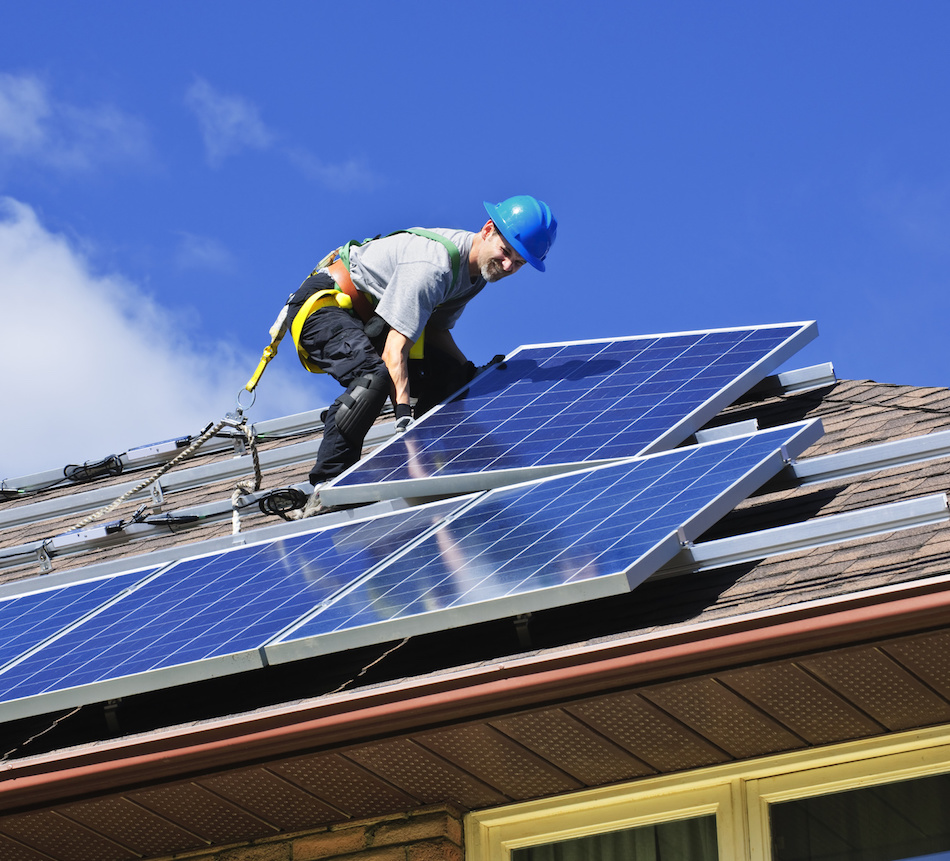 Everyone wants to save money, right? And most people are concerned about the future of energy—and the future of the planet.
Everyone wants to save money, right? And most people are concerned about the future of energy—and the future of the planet.
The move to solar as a source of energy to power your home and reduce your monthly bills makes a lot of sense. After all, the cost to install solar panels has dropped substantially in the the last five years, making it a much more feasible investment for homeowners. In many areas, the option to return excess power to the grid for credit, termed net metering, is an added incentive.
But will solar panels add value to your property? Will they help attract buyers, and will those buyers pay a premium for the panels on your roof? The short answer to those questions is "yes," according to numerous studies.
The Basics of Solar
There are actually three distinct ways to save money with solar, and they don't all require large cash expenditures. Homeowners today may choose to purchase panels outright and benefit from tax advantages, lease rooftop panels from solar companies that charge little or nothing for installation and offer maintenance in exchange for a long-term contract, or buy power from a "solar farm." Lease-to-own plans are available in many locations.
The third option is sometimes referred to as community solar; the supplier offers a discount from normal electrical rates, and overall carbon footprint is reduced. It can be a perfect solution for renters, condo owners who are prohibited from installing panels, and short-term residents in any locale.
No matter which route a homeowner chooses, annual savings and the "feel good factor" can be substantial.
A Nationwide Solution
Saving money is the primary incentive, prompting homeowners nationwide to get serious about solar. Solar is not limited only to the sunny Southwest anymore. According to a study conducted by North Carolina State University, New York City and Boston hold the number one and two spots for high dollar savings. Homeowners with solar panels can even sell their excess solar energy to further reduce reduce utility costs.
Net metering allows consumers to return "unused power" to the grid for credit. Those credits from sunny summer months, when solar panels operate at peak efficiency, offset higher bills during the dreary, grey winter days in northern latitudes.
Additional good news for anyone considering solar is that, even though the sticker price of a typical 5.13-kilowatt system ranges between $18,000 and $25,000, national and local tax incentives and rebates reduce average out-of-pocket expense to around $14,000. In some cases, the actual payback takes as little as four or five years, and homeowners own the panels and reap the rewards for life.
The Real Value of Solar
Even better news for anyone considering investing in going green is that prospective buyers are increasingly willing to pay a premium for homes that already boast solar panels. It's an increasingly popular upgrade, but still novel enough to make a place stand out in a buyer's mind. No less an authority than the U.S. Department of Energy released figures in 2015 to show that buyers across eight states would pay $15,000 more for a home with an average-size solar photovoltaic system. Put another way, that's about a $4 premium for every kilowatt of energy capability.
Early in 2016, the United States reached a milestone of one million solar installations; it took 40 years to get there. However, Dan Whitten, vice president of communications at the Solar Energy Industries Association (SEIA), says that the industry has "started to accelerate at warp speed," and is expected to reach two million installations in just two years. Those installations are not all on residential rooftops, even though home installations represent the bulk of activity in the United States – especially in high-end real estate markets like Franklin.
One thing is certain: Solar is here to stay. If you haven't yet gone solar, it's certainly worth taking a look at the options.



